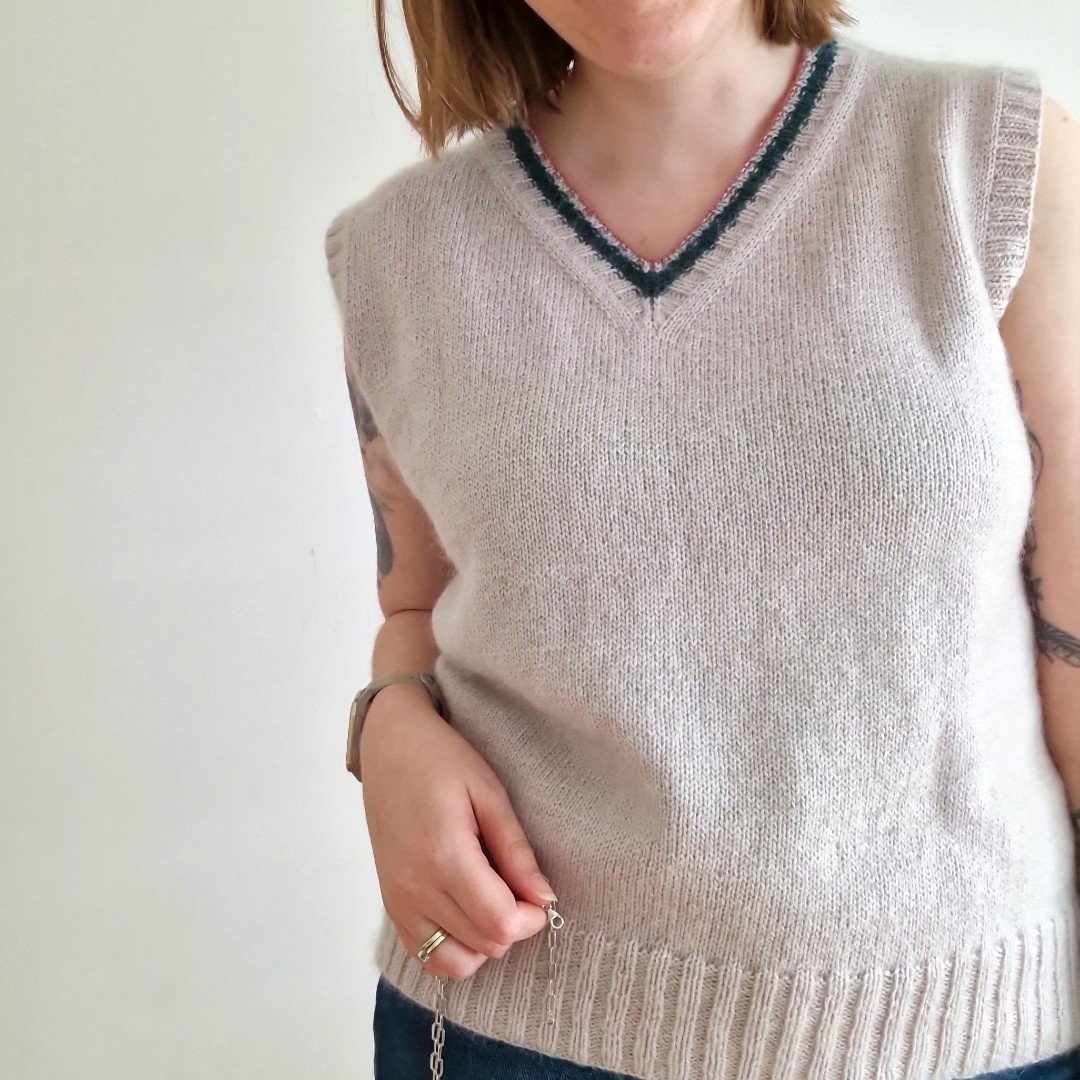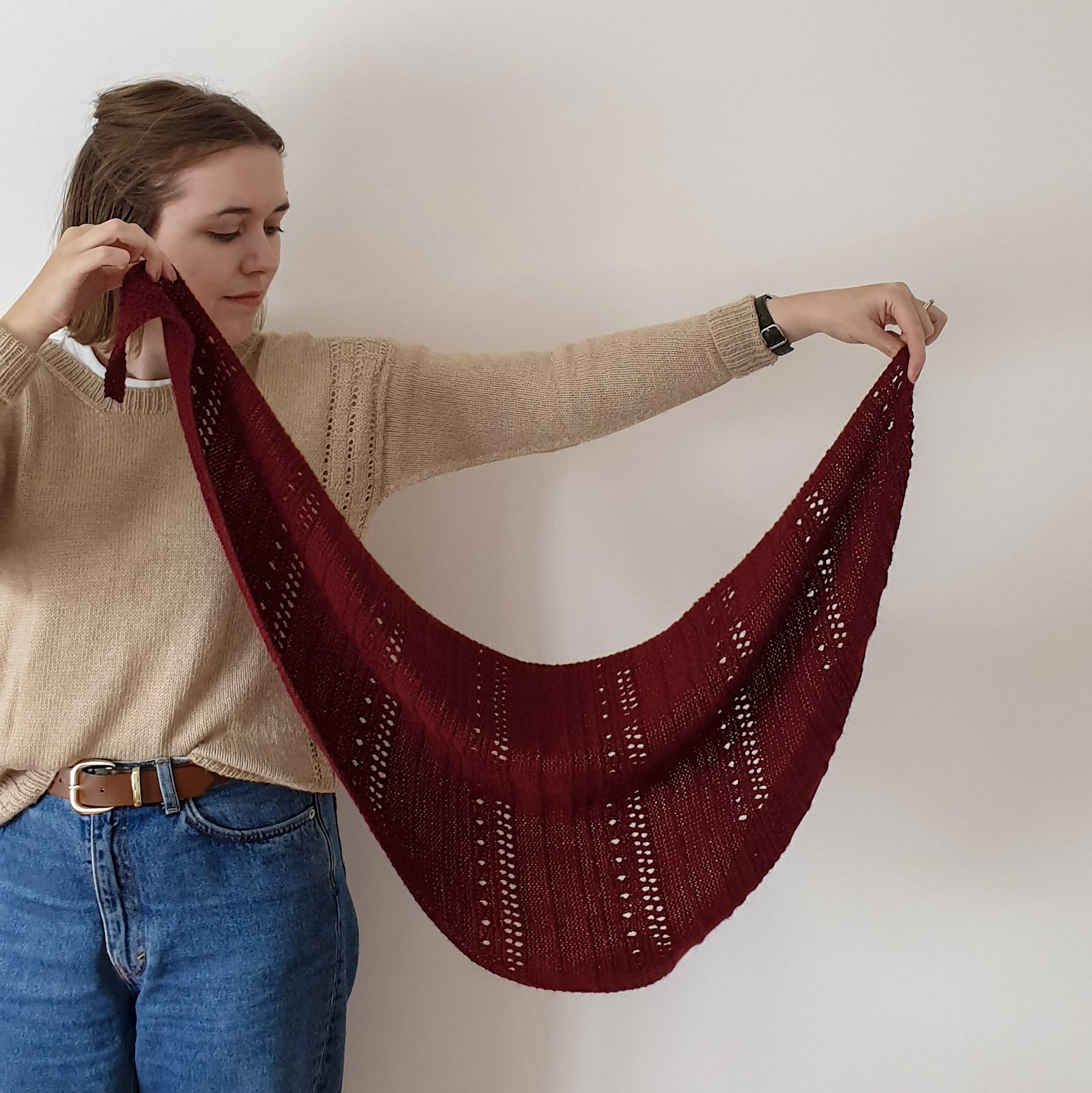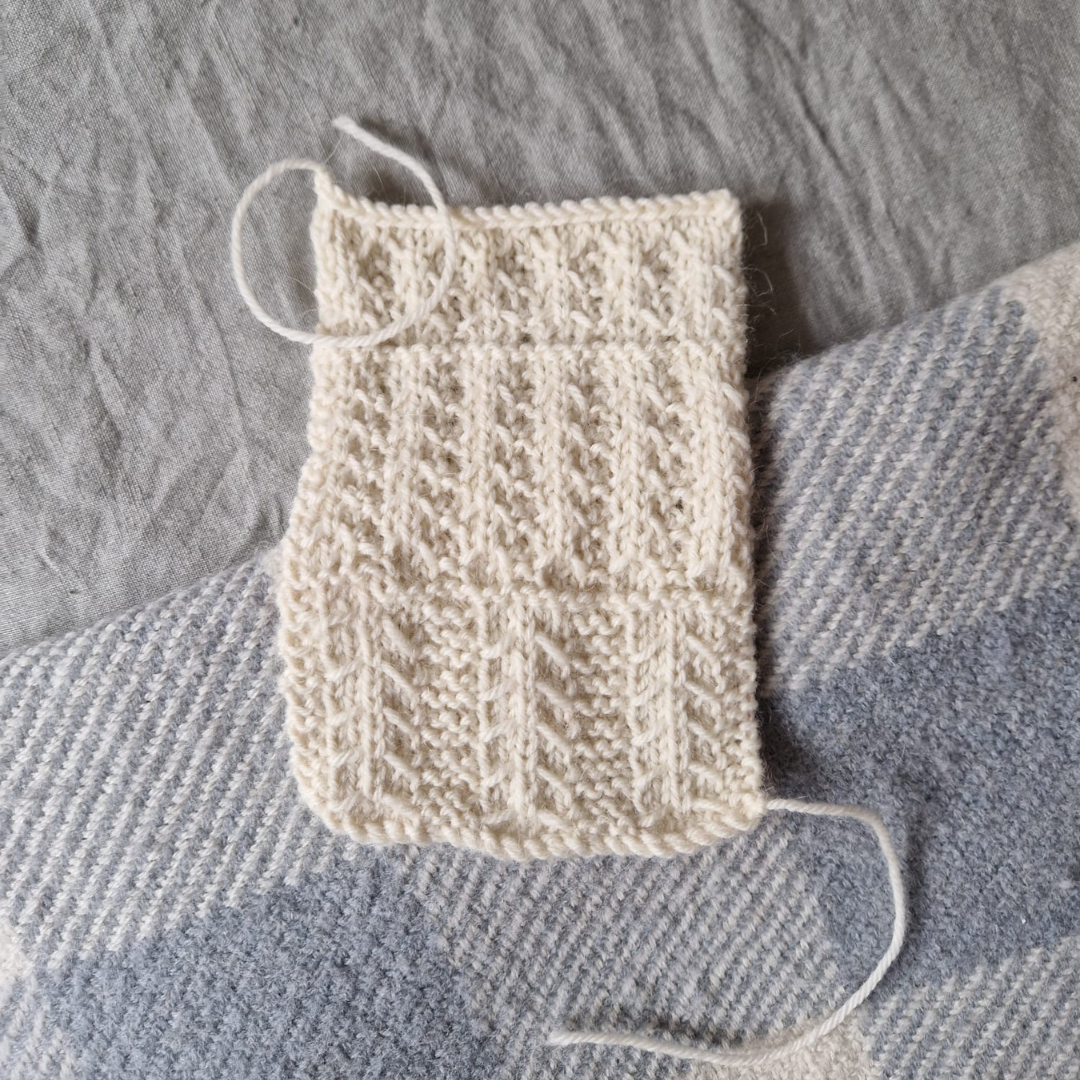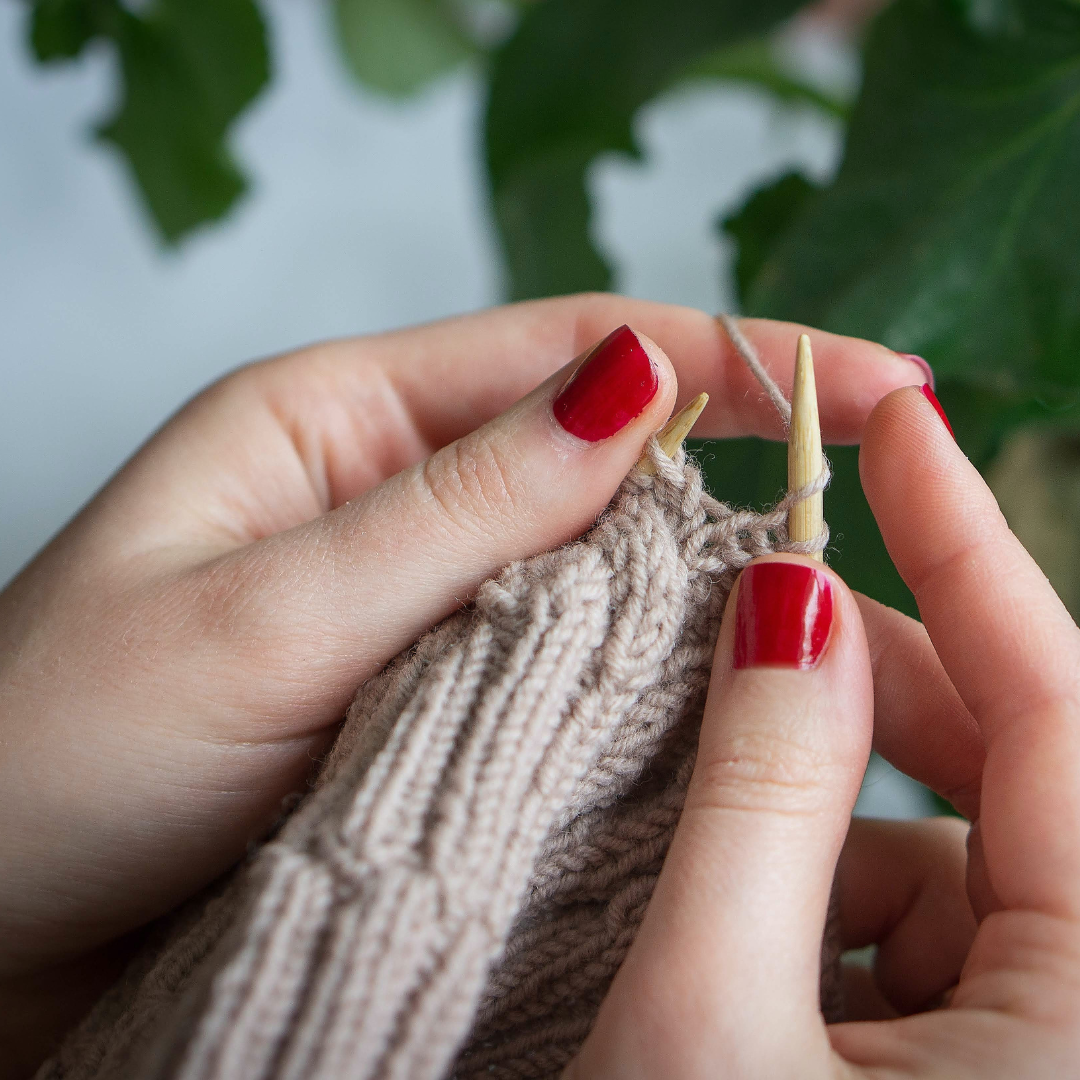5 Keys to Choosing Sweater Stitch Patterns
Swatches can lie to us, can’t they?
We all know this from knitting gauge swatches, but the same applies when you’re swatching up potential stitches or motifs for a sweater design. What might look beautiful in the swatch might be completely mismatched for your sweater.
As much as we might love a certain stitch, not every stitch is made for every sweater - or every size! This is a hard truth I’ve learned through lots of frogging and false starts.
In this blog post, I am going to teach you the 5 key considerations you should make when choosing a stitch or motif for your new sweater design. You’ll learn how to ensure that your stitch pattern is not just visually pleasing but also scales beautifully for every size in your sweater pattern.
Image description: a closeup of 6 different sweaters in shades of red with text overlay saying, 5 Keys to Choosing Sweater Stitch Patterns.
How to Select the Right Stitch for Your New Sweater Design
1. Consider Size Adaptability
Choosing the right stitch pattern goes beyond its beauty; it’s about how it adapts across different sizes, too. What works for your swatch or even your sample size might not work across the other sizes in your range.
To ensure that your stitch is adaptable, avoid using a large all-over pattern repeat, especially if you are working with a heavier yarn. Otherwise, you will have trouble grading the repeat within the size increments of your pattern.
That’s not to say that you can’t use large stitches or motifs, though. Instead, I suggest using them in panels, as that will give you a little more flexibility with your sweater sizing.
This approach ensures that you can still offer your pattern in an inclusive range of sizes without sacrificing a stitch you love.
Image description: a variety of stitch patterns are knitted in cream and brown wool. Text reads, 5 Keys to Choosing Sweater Stitch Patterns
2. Factor in the Yarn Type
The fabric of your sweater isn’t just impacted by the stitch or motif. The yarn plays a big part, too! A lace stitch knitted in a fine mohair will look completely different to how it looks in bulky cotton.
For that reason, you should consider your yarn when selecting the stitch or motif. It might be that you have already selected your yarn, and therefore, you need to choose a stitch that complements it.
Or, you might still be on the fence about your yarn, so you have a little more freedom in your stitch selection. Just make sure that, once you’ve finalised your stitch or motif, you find a yarn that brings out the best in it.
3. Gauge Consistency
It’s common to combine stitches or motifs in a sweater design, but using different stitches with varying gauges can create fit issues, especially when these stitches are used in stripes or bands. This is because striping stitches with different gauges can lead to inconsistencies in the sweater’s measurements, affecting the overall dimensions and fit.
To avoid this issue, I recommend working with stitches that have the same or very similar gauges. They need to be able to be blocked to align well with one another, maintaining the intended dimensions of the sweater. Otherwise, you’ll end up with wiggly edges where the fabric is expanding and contracting.
4. Wearability
The purpose of the stitch isn’t just to look beautiful. It also has to feel good, too! Some stitches, though very attractive, can result in a rigid and uncomfortable fabric - not something you want from a sweater!
As the designer, you should weigh up the stitch’s visual appeal against its comfort level. Is it fit for purpose? This will ensure that your final sweater design is not just gorgeous but a cosy, wearable piece that combines both style and comfort.
Image description: A pile of sweaters with different stitch patterns. The text under the image says Knitting pattern design. 5 Keys to Choosing Sweater Stitch Patterns
5. The Integration with Overall Design
Your sweater is more than the sum of its parts. Your chosen stitch must integrate beautifully with the overall design.
From a personal perspective, I think the most effective designs don’t have too many different elements competing with each other. If I’m using a complex stitch or motif, I keep the silhouette simple. If my silhouette or detailing is more complex, I choose a simple yarn that will draw attention to the beauty of the overall garment.
To help you choose the right stitch for your design, make sure you visualise it within the context of the entire sweater. Ensure that it complements the overall design, and together, they create a visually cohesive and harmonious look.
Conclusion: 5 Keys to Choosing Sweater Stitch Patterns
If there’s one thing I want you to take away from this blog post, it’s that choosing the right stitch for your sweater design is as much about practicality as it is about aesthetics. Even if a stitch looks great in the swatch, it might not translate well into the final sweater.
Have you ever fallen for a stitch pattern only to realise it wasn’t the perfect fit for your design? What did you do to resolve it?
Drop your stories and words of wisdom in the comments. Your experiences are so valuable to your fellow designers, and it’s always nice to know that we are in this together.























